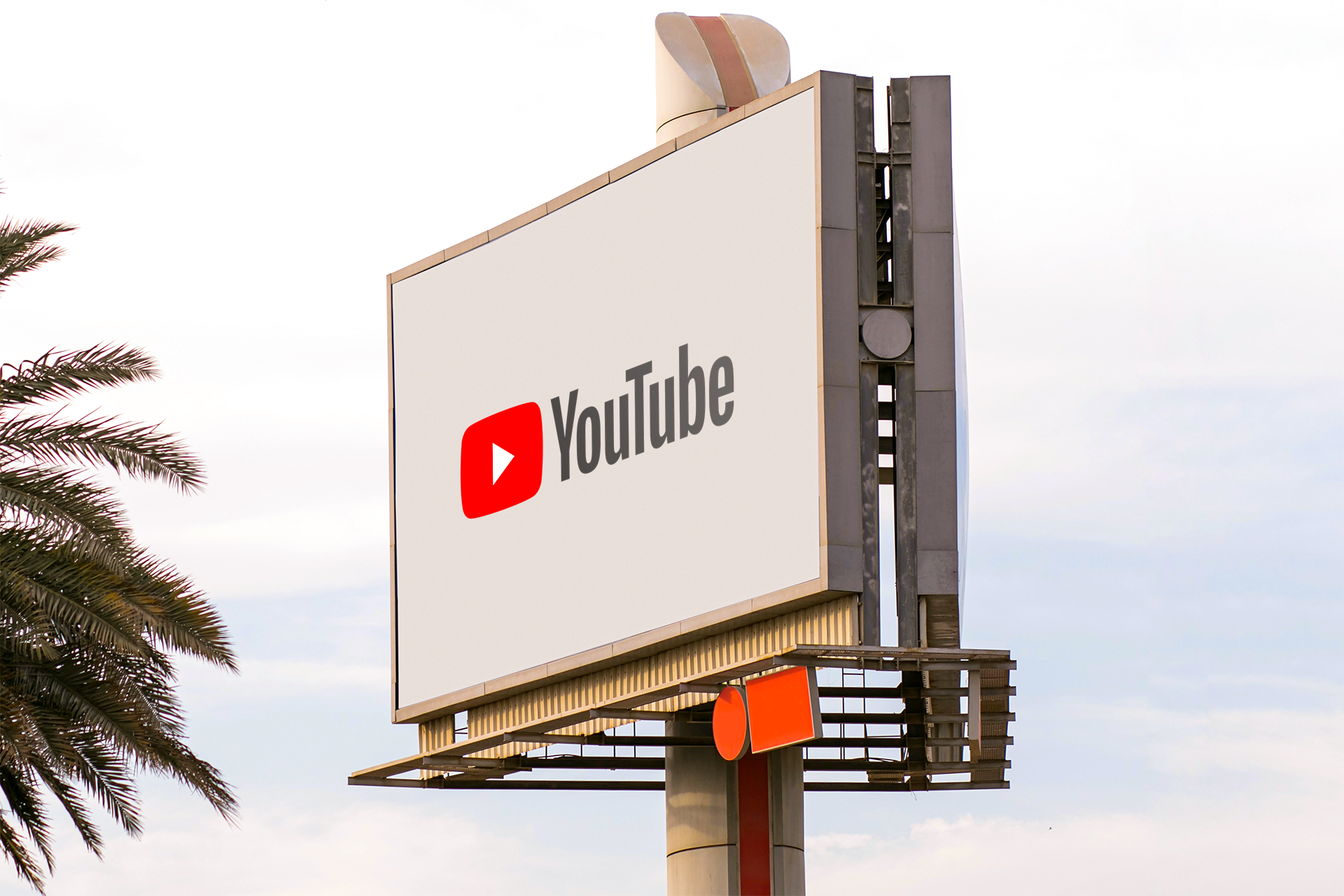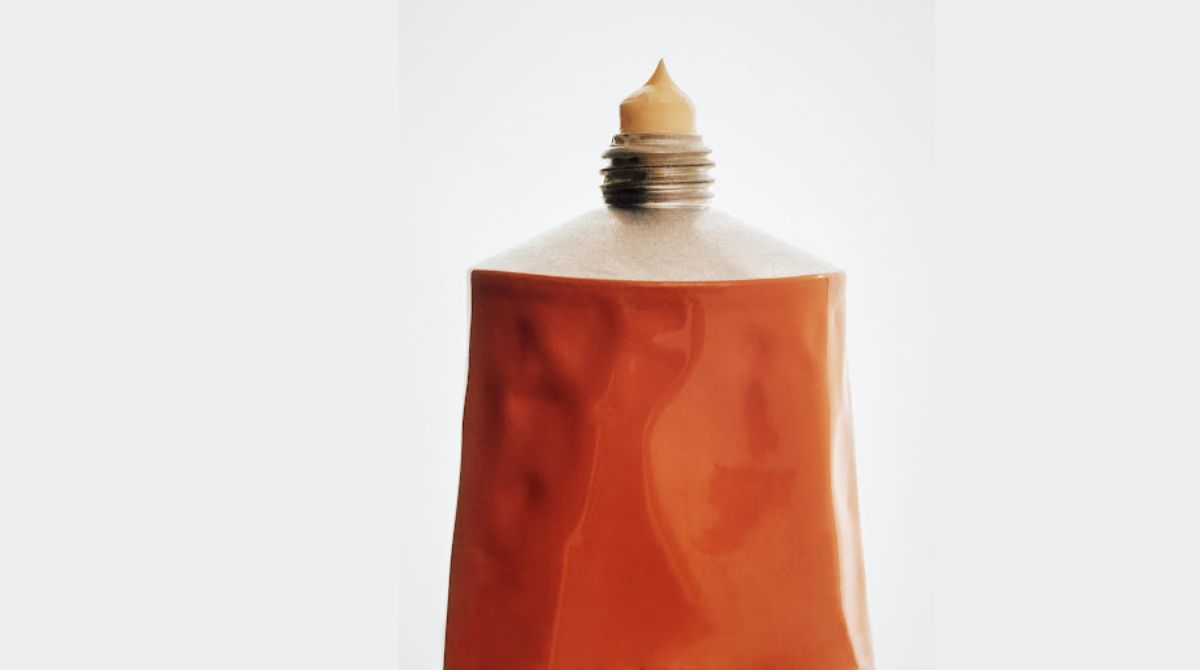These days, anyone can set up a YouTube video campaign and start generating views for their channel pretty easily. But how do you measure the impact of such a brand campaign? Sure, you can look at proxy metrics like clicks and conversions, but these are ineffective in understanding the impact a campaign can have on changes in attitude toward your brand.
Luckily, Google offers the YouTube Brand Lift Study (BLS), a free tool that helps you do just that. Running a BLS allows marketers to measure the impact of a creative in a controlled experiment setting and be fearless in budgeting spend.
How it works
Once the BLS begins, Google technology creates two groups from your prospective audience: a randomized control group that is not shown your ad and an exposed group that is shown your ad. About a day after seeing (or not seeing) your ad, both groups are served your selected survey questions. The difference in responses between the groups determines the “lift” resulting from exposure to your ad.
Keep in mind that statistically significant results are not always guaranteed, so consider the BLS the “cherry on top” of the views you’ll generate in your video campaign. Additionally, you can also measure brand and creative interest. Google measures this through the increase in organic searches on Google.com and YouTube.com following someone viewing your video ad.
Choose brand metrics that matter
Here are the five predefined metrics you can measure in a YouTube Brand Lift Study:
Ad recall: Which of these brands have you seen online video advertising for recently?
Awareness: Which of these brands have you heard of?
Consideration: Which of these brands would you consider purchasing?
Favorability: Which of the following brands do you have a positive opinion?
Purchase intent: Next time you have to choose from the following, which one will you most likely choose?
For each of these questions, you can provide 1-3 competitor names or allow Google to generate options from your peer set. These will be displayed in randomized order.
For brands new to testing YouTube, Ad Recall & Awareness are pretty safe metrics to measure. Purchase Intent & Consideration are much harder metrics to move.
Minimum spend for a BLS will vary by metric(s) and region, so contact a Google rep for more information. Generally, you should plan to spend 10-15% over the minimum in case your actual response rate is lower than the Google average. Once you have decided on the brand metrics you want to measure, you will need a Google rep to set up the study on the Google back end.
Typical turnaround time is 1-2 business days. The BLS must be set up before launching your new campaign (i.e., 0 impressions served).
Analyze lift study results
Once the study wraps up, your Google rep will share the brand lift results for your campaign. In the report, you’ll gain insights into the overall lift and how different demographics compare, and the impact of the device, frequency cap, and more.
You may be tempted to compare results with other companies or ask for benchmarks, but this is the wrong approach to analyzing the BLS. Every brand is different, so you should only compare against your own past performance for similar studies. If you achieved lift, great! Next time, try running a different creative or consider measuring a different brand metric. If you didn’t achieve lift, the creative might be the culprit. Check out our YouTube creative best practices from Google for ideas on what to tweak.
What’s next?
Google is currently rolling out Brand Lift 2.0, which allows advertisers to run continuous brand lift surveys and see results in real-time. Currently supported metrics include Ad Recall, Awareness, and Consideration (but not Favorability, Purchase Intent, nor Brand Interest). If this interests you, contact a Google rep for more details and get whitelisted.
Learn more about our programmatic offering
Explore
More Insights?
View All InsightsQuestions?
CSO of Growth, Americas





